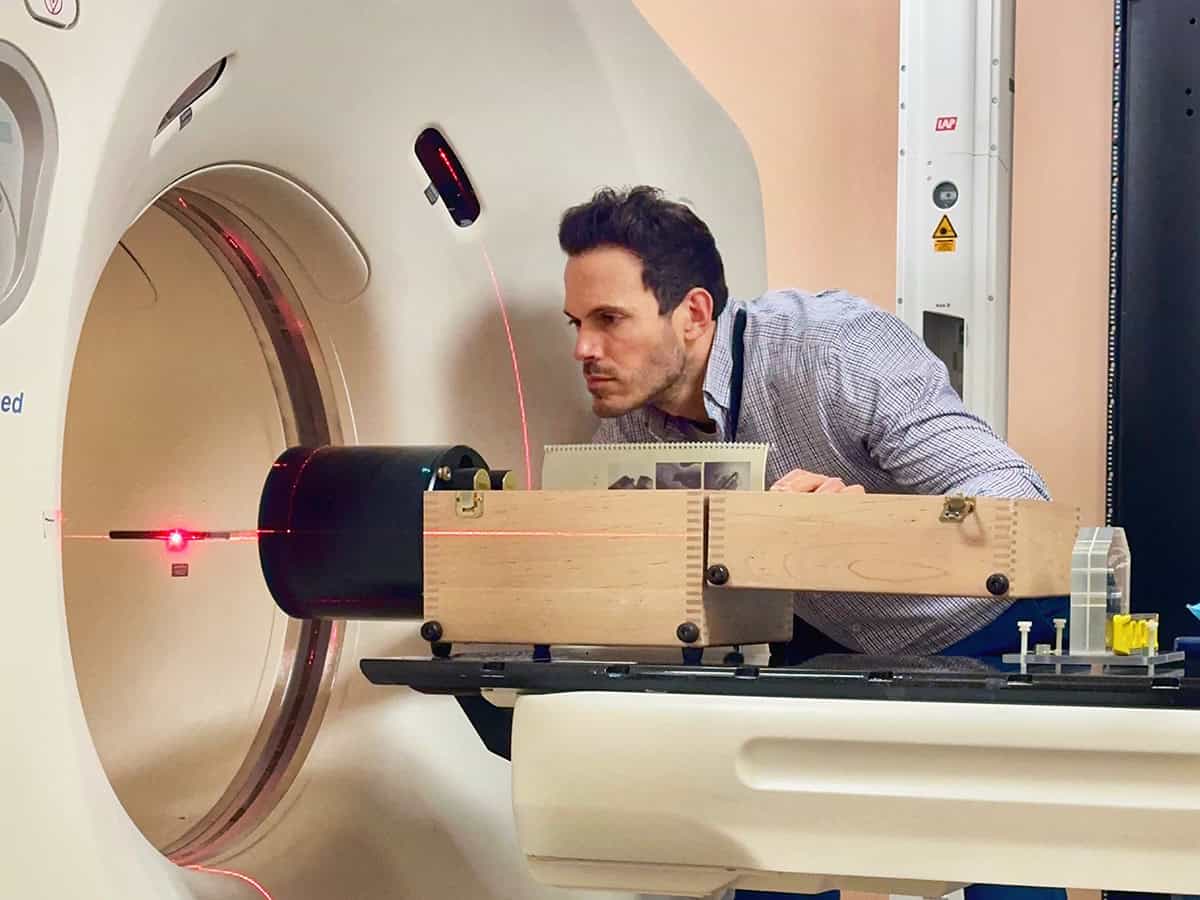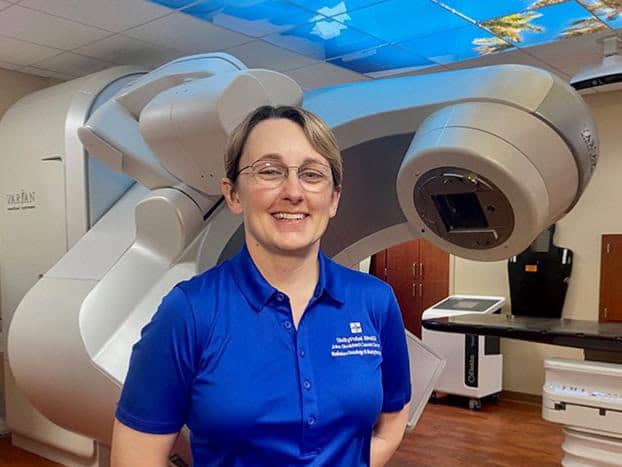
Busy radiation therapy clinics need smart solutions that streamline processes while also enhancing the quality of patient care. That’s the premise behind ChartCheck, a tool developed by Radformation to facilitate the weekly checks that medical physicists perform for each patient who is undergoing a course of radiotherapy. By introducing automation into what is often a manual and repetitive process, ChartCheck can save time and effort while also enabling medical physicists to identify and investigate potential risks as the treatment progresses.
“To ensure that a patient is receiving the proper treatment a qualified medical physicist must check a patient’s chart after every five fractions of radiation has been delivered,” explains Ryan Manger, lead medical physicist at the Encinitas Treatment Center, one of four clinics operated by UC San Diego in the US. “The current best practice is to check 36 separate items for each patient, which can take a lot of time when each physicist needs to verify 30 or 40 charts every week.”

Before introducing ChartCheck into the workflow at UC San Diego, Manger says that around 70% of the checks had to be done manually. “The weekly checks are really important for patient safety, but they become a big time sink when each task takes five or ten minutes,” he says. “It’s easy to get fatigued when you’re looking at the same things over and over again, and we have found that introducing automation into the process can have a positive impact on everything else we do in the clinic.”
ChartCheck monitors the progress of ongoing treatments by automatically performing a comprehensive suite of clinical checks, raising an alert if any issue is detected. As an example, after each treatment the tool verifies that the delivered dose matches the parameters defined in the clinical plan, while it also monitors real-time changes such as any movement of the couch during treatment. It also collates together all the necessary safety documentation, allows comments or notes to be added, and highlights any scheduling changes when a patient decides to take a treatment break, for instance, or the physician adds a boost to the clinical plan.
As well as consolidating all the information on a single platform, ChartCheck allows physicists to analyse the treatment data to identify and understand any underlying issues that might affect patient safety. “It has given us a lot more vision of what’s happening across all our treatments, which is typically around 300 per week,” says Manger. “Within just three months it has illuminated areas that we were unaware of before, but that might have carried some risk.”
What’s more, the physicists at UC San Diego have found that automating many of the routine tasks has enabled them to focus their attention where it is needed most. “We have implemented the tool as a first-pass filter to flag any charts that might need further attention, which is typically around 10–15% of the total,” says Manger. “We can then use our expertise to investigate those charts in more detail and to understand what the risk factors might be. The result is that we do a better check where it’s needed, rather than just looking at the same things over and over.”

Jennifer Scharff, lead physicist at the John Stoddard Cancer Center in Des Moines, Iowa, also values the extra insights that ChartCheck offers. One major advantage, she says, is how easy it is to check whether the couch might have moved between treatment fields. “It’s not ideal when the couch moves, but sometimes it happens if a patient coughs or sneezes during the treatment and the therapist needs to adjust the position slightly when they get back into their breath hold,” she says. “In ChartCheck it’s really easy to see those positional shifts on a daily basis, and to identify any trends or issues that we might need to address.”
ChartCheck offers full integration with ARIA, the oncology information system from Varian, making it easy to implement and operate within existing clinical workflows. Although ARIA already offers a tool for treatment verification, Scharff says that ChartCheck offers a more comprehensive and efficient solution. “It checks more than ARIA does, and it’s much faster and more efficient to do a weekly physics check,” she says. “As an example, it’s really easy to see the journal notes that our therapists make when something isn’t quite right, and it helps us to identify patients who need a final chart check when they want to pause or stop their treatment.”
The automated tool also guarantees consistency between the chart checks undertaken by different physicists, with Scharff finding the standardized approach particularly useful when locums are brought into the team. “It’s easy for them to see all the information we can see, we can be sure that they are making the same checks as we do, and the same documents are always sent for approval,” she says. “The system makes it really easy to catch things, and it calls out the same thing for everyone.”
With the medical physicists at UC San Diego working across four different treatment centres, Manger has also been impressed by the ability of ChartCheck to improve consistency between physicists working in different locations. “The human factor always introduces some variations, even between physicists who are fully trained,” he says. “Minimizing the impact of those variations has been a huge benefit that I hadn’t considered when we first decided to introduce the software, but it has allowed us to ensure that all the correct policies and procedures are being followed across all of our treatment centres.”
Overall, the experience of physicists like Manger and Scharff is that ChartCheck can streamline processes while also providing them with the reassurance that their patients are always being treated correctly and safely. “It has had a huge positive impact for us,” says Scharff. “It saves a lot of time and gives us more confidence that everything is being done as it should be.”
- To find out more, visit the Radformation website to watch a recent ChartCheck webinar.
The post Automated checks build confidence in treatment verification appeared first on Physics World.

